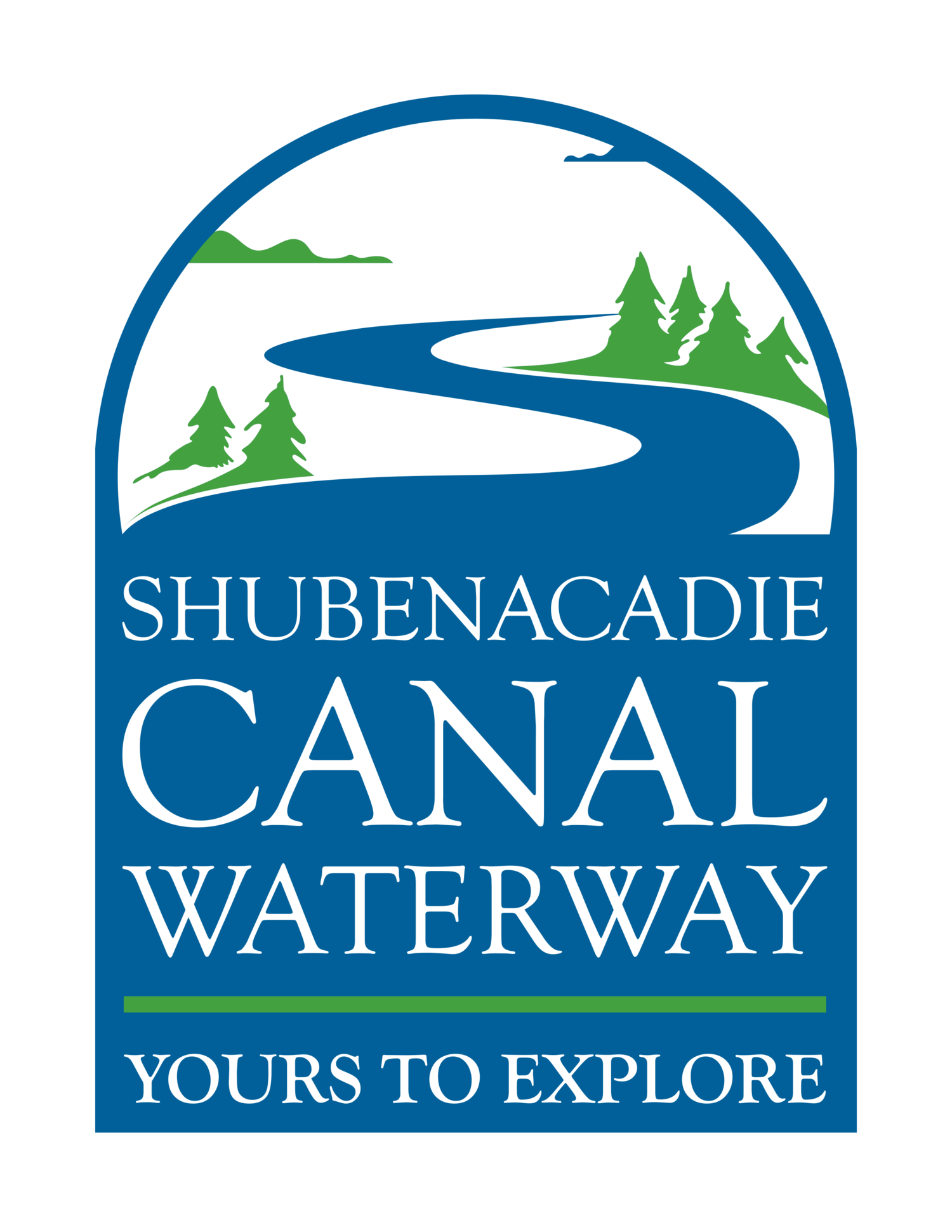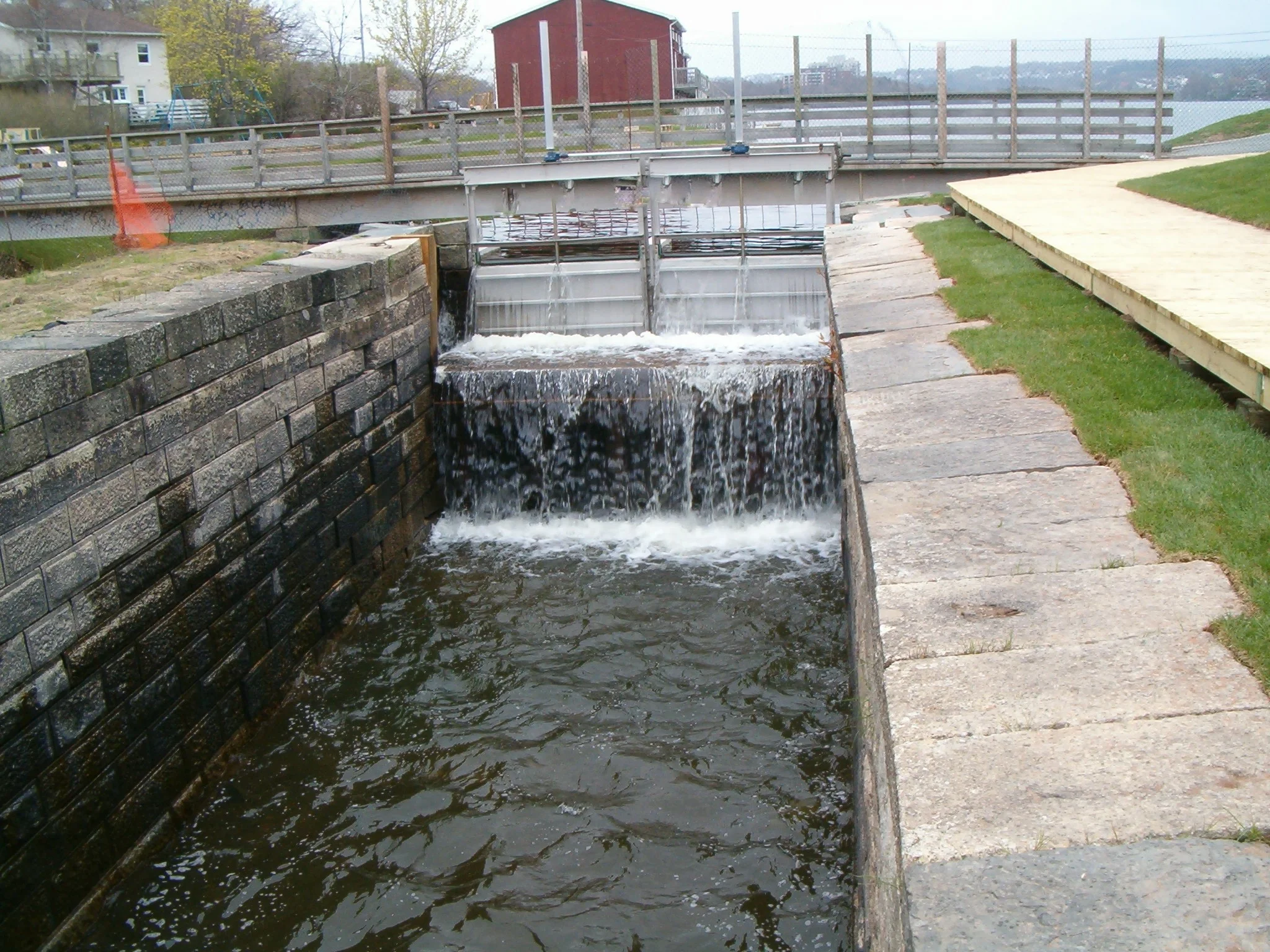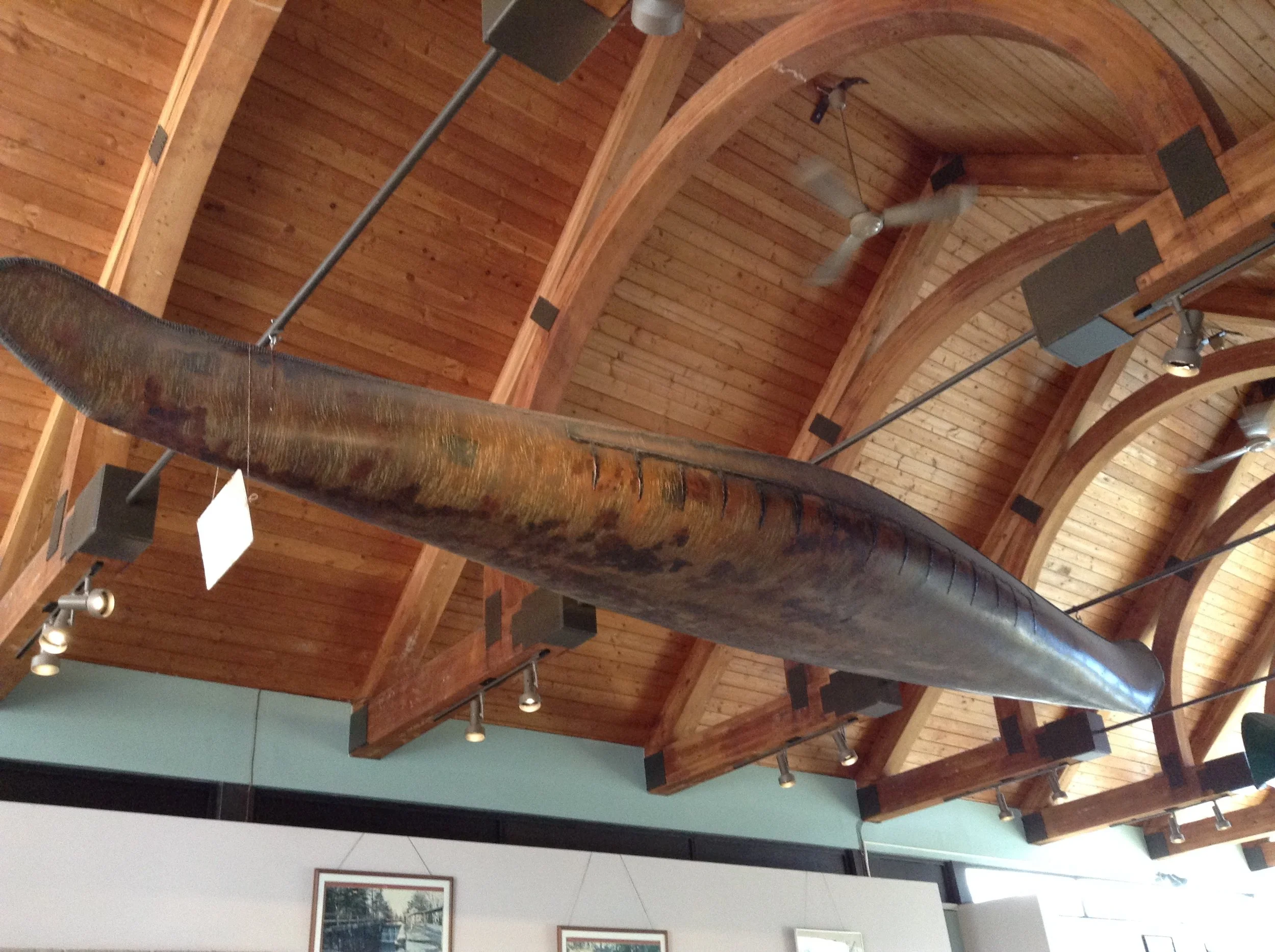Craftsmanship of Canal stone masons can still be seen today.
It is important to be aware that the people we are identifying in these brief articles were involved in the first version of the Canal (1826-1831) and while much of their work was made use of in the second and successful construction period (1856-1861) it is not likely many, if any, of these craftsmen took part. However, features of their work were included in the second version and thus their craftsmanship can still be seen. For example Lock 1 (as seen in the photo above) at the South end of Lake Banook made use of the granite stones which, we believe, were used in the first lock and the same is true of the east wall of Lock 2 in the Cut just beyond Lake Micmac.
When Canal construction ceased in 1831 some of the workers then got involved in other projects in the area. For example a few were hired to build what is now known as Henry House on Barrington St. in Halifax as well as a number of other stone buildings of the time. We don’t know if these specific people were among them but you may recognize the names of one of the stone masons: Timothy Common, James Conly, John Flavy and Phil Martin. If these do ring a bell, please contact us as we would very much like to find out more about them.
-Bernie Hart
canal worker_kennedy Is your last name Kennedy? If so, you may have been related to one of the Canal workers.
One of the tragedies we read about in the Canal village at Port Wallace had to do with a lightning strike on one of the cottages. In this case the victim was Mr. Kennedy, a carpenter. It was late at night when the lightning occurred, apparently striking Kennedy and throwing him from his bunk. The others in the home were unable to revive him. When you next visit the park you can see the stone walls on the site where we believe this occurred. There is a sign marking the location on the west side of the Canal between Locks 2 and 3. Once again we are hoping someone will be able to identify this man as a relative. If you do, please let us know.
-Bernie Hart
Fibreglass replica of a Mi’maq birchbark canoe hangs in the Fairbanks Centre.
As indicated in a previous article a second canoe has been hung from the ceiling of the Fairbanks Centre. The first one which was hung several years ago is a fibreglass replica of a Mi’maq birchbark canoe. The original bark version, after which this was patterned was a birch bark canoe constructed by a member of the Mi’kmaq community. This fibreglass craft was constructed in the 1990s for the CBC to be used in the videotaping of a series of four programs on Mi’kmaq history which were used in schools.
It is important to realize the birch bark canoe, which was invented by the North American First Nations, was unknown in the rest of the world and without it the exploration of this Continent by the Europeans would have been next to impossible. The bark or skin canoes were developed over the course of thousands of years by the natives of North America. Champlain writes of his journey to the Great Lakes. “There is no craft known to the Europeans except the canoe of birch bark with which the journey to the Upper Country can be made…”.
-Bernie Hart




